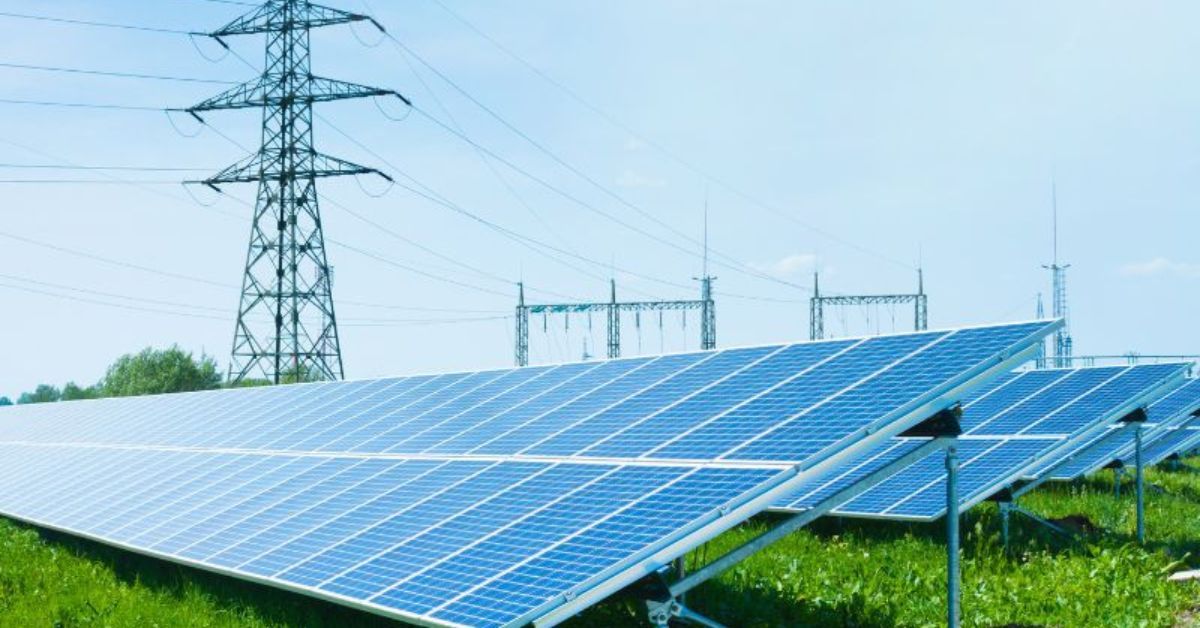The Mormugao Port Authority (MPA) is preparing to commission a 3 MW solar power plant that will meet all of the port’s power needs in the middle of the state government’s push for green energy. The Mormugao Port Authority, Vasco, is scheduled to activate a 3 MW solar power plant at the end of February this year, which will significantly reduce the amount of power it purchases from the Goa electricity department. This will be a significant boost for renewable energy in the state. MPA will become an Indian solar port as a result of the solar project. After the 5 MW solar plant at the Manohar International Airport in Mopa, it will be the second-largest solar project in the state.
According to MPA authorities, the planned solar power facility, which will be situated adjacent to the port on more than 28,000 square meters of land, will produce 4.5 million units of electricity annually. They claimed that the solar power plant is for captive use and that the port and its other facilities in the MPA township, such as the port authorities’ hospital and school, would be adequately powered by the energy it produces.
About Rs 18 crore has been invested in the solar facility, which includes the expense of hiring a project management consultant. The Goa Energy Development Agency (GEDA) was previously hired by MPA to serve as the plant’s project consultant. March 2024 saw the start of the project. The project is capex-model. The money belongs to MPA, and the center’s Sagarmala project is providing the subsidy for them.
The MPA solar facility is situated on open space. The port intends to use a water jet cleaning device for maintenance and to maintain the solar panels dust-free. 5,800 solar panels for the plant were purchased from a business in Noida. The electrical transformer has been built, and all of the solar panels have been placed. Engineers on site said that the only task left is to run cables from the transformer to the Bogda sub-station. MPA has built chain-link fencing around the project area to safeguard the plant. Additionally, it has a ten-year operation deal with an agency signed.
The plant is expected to save the port Rs 3.8 crore, which is its total expenditure on power presently. It is connected with the grid under virtual net-metering mechanism. Upon commissioning it will reduce, MPA’s annual CO2 emission by 3,807 tonnes. The solar power plant is part of the Maritime India Vision 2030, and the UN convention for climate change to achieve net zero emission by 2070.







